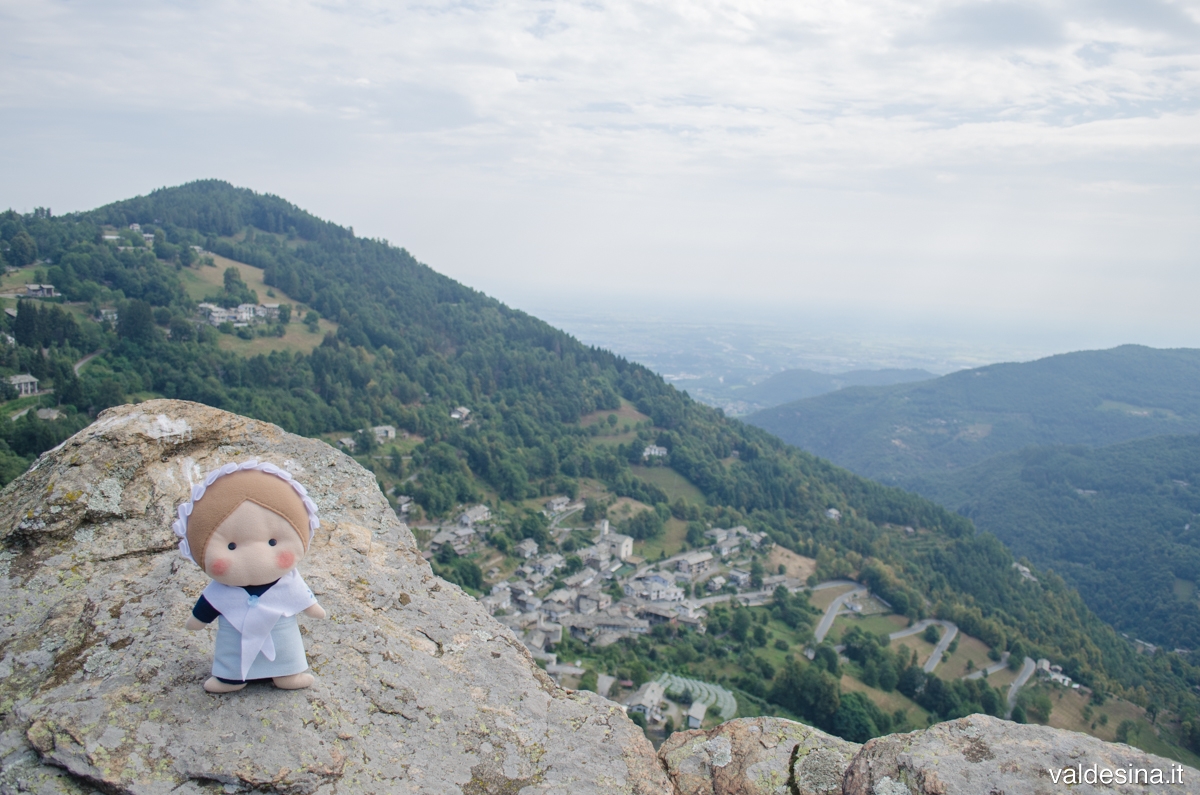At the beginning of 1655, Giosuè Gianavello had taken refuge in Rorà waiting – as everyone – that the continuous visits of the Waldensian shepherds to the Turin authorities would allow to revoke the eviction order. Anyway, nothing was happening. In April, on the contrary, a large army suddenly arrived in Pellice Valley occupying it entirely, from Luserna to Bobbio, with violence and threats to the population; Rorà was fortunately spared.
On April 24th(Easter Eve), in the morning, Savoy army led by the Marquis of Pianezza attacked the population without any warning, thus revealing his mission: to quickly and brutally erase Waldensian faith. Many people died in Pellice Valley in that massacre that is still known nowadays as “Piedmontese Easters”.
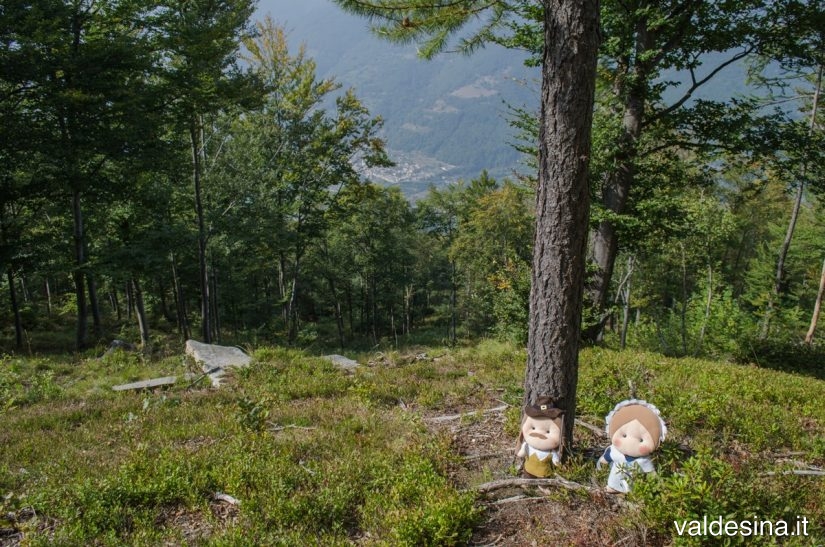
Gianavello, who had been in the habit of patrolling the woods, that morning was at Pian Prà with six fellow countrymen and was inspecting the horizon when he realized from top of the mountain that a small army of enemies was coming towards Rorà. The seven mates ran down the rocks toward their opponents, Giosuè had them hidden at strategic points and when the army was near them, they fired their rifles. The Savoy troop was caught by surprise and forced to retreat…
The day after, some other soldiers tried to attack Rorà from Cassulè, but at that point Gianavello had got prepared and had with him eleven men armed with rifles, plus six boys with slingshots; again he arranged his guys in random order among the rocks and as the enemy arrived he gave order to open fire and throw stones, pushing back again the opponents. In the meanwhile, the news of the massacre that had happened in the plains had also come up there.
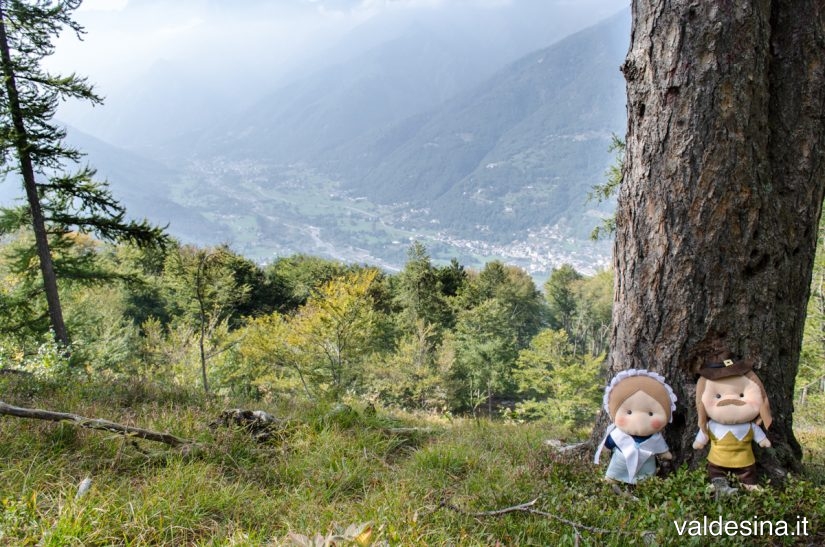
The defense of Rorà had begun.
The whole Pellice Valley was under the control of Marquis of Pianezza’s soldiers, except the village of Rorà. People from Rorà were feeling besieged and were waiting for the enemy’s attack.
It actually happened the day after, when other seven hundred men were sent by the Marquis to Rorà; this time, again, Gianavello and his fellows succeeded in pushing back the soldiers, thanks to the trick of the “svirota” (read here).
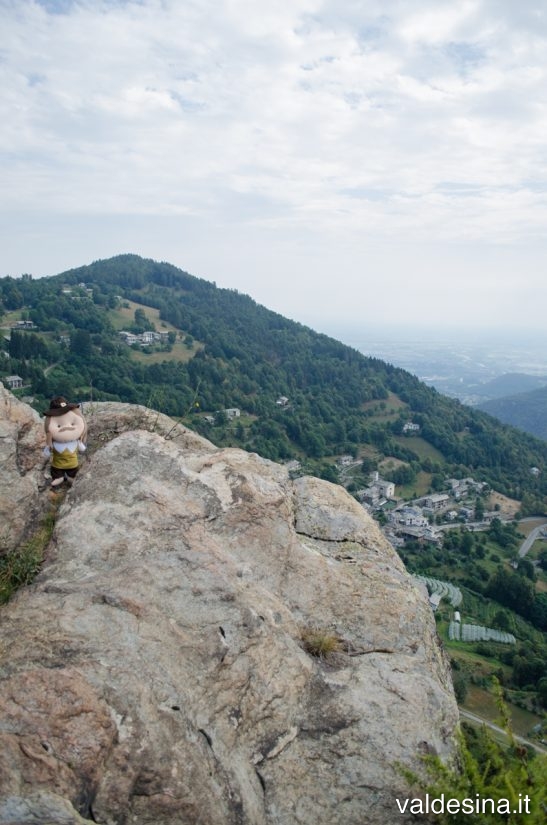
In the meantime people of Rorà had moved to the village of Rumè, where they could remain in peace for three days; on May 1st the enemy attempted yet another assault.
This time, seven to eight thousand men divided into three regiments ascended from Bagnolo, Villar Pellice and Luserna, in order to strike from all directions. People saw at first soldiers led by Captain Mario Albertengo who, too confident of himself and of the number of his men, arrived two hours early on the battle site. Gianavello also this time was ready with his eighteen companions and attacked the enemy who, not knowing the territory, was again forced to escape towards the waters of Luserna creek (the captain himself lost his life).
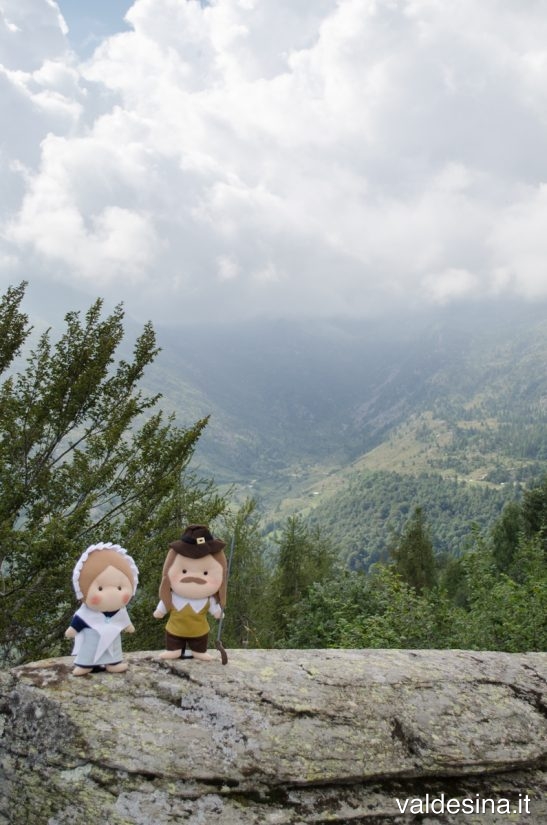
Gianavello had just a little time to go up the slopes and rest, but after a while he could see the troops proceeding from Villar. These were confident that people of Rorà had been annihilated, so they proceeded relaxed and even mistook Giosuè and his guys as fellow soldiers: all of a sudden Savoy troop was subjected to throwing of stones and burst of bullets, till the soldiers were forced to a rushed escape down the mountain, creating such a confusion and terror that invested and scattered also the regiment arriving from Luserna, and allowing people of Rorà to save themselves once again.
After three days spent in partial calmness, the whole population, gathered in Rumer, received a message from the Marquis of Pianezza: they had 24 hours time to deny Waldensian faith, after which the village would be attacked.
Nobody abjured.
This time the military action was conducted with more attention and with even more soldiers… for the Waldensians there was no escape: everything was destroyed, fields devastated, trees cut, people killed or taken as prisoners. Gianavello himself, despite trying to resist with his mates against a too strong and numerous enemy, lost his sister in this battle, while his wife Caterina and his three daughters were captured.
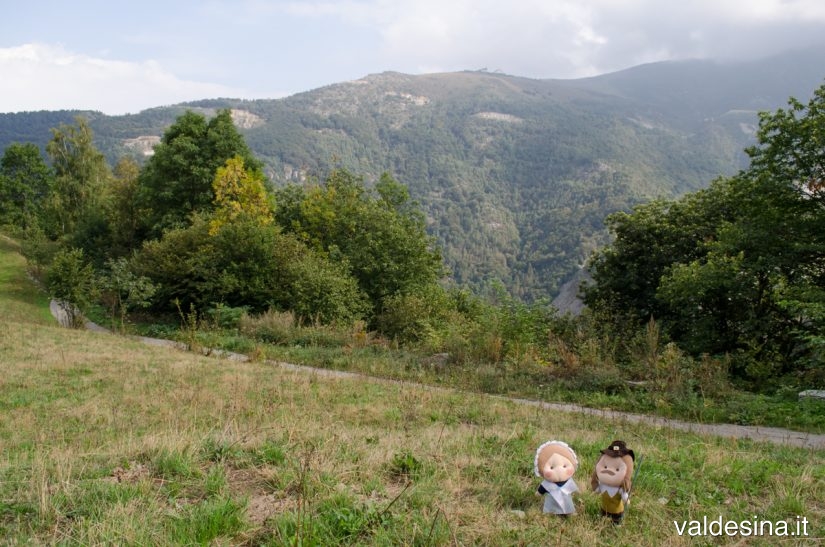
Giosuè, together with his seventeen companions, and with his son on his shoulders, could not help but look desperately what was happening, hiding in the following days in the surrounding woods.
Then came a new message from the Marquis: if Gianavello had abjured, he would have had his wife and daughters back and would have been forgiven by the Duke, saving himself; if not, and if he had continued the resistance, the four women would be burned and a rich size would be put on his head.
It is said that the Bandit replied: “There was no torment so cruel nor death so painful that he would prefer to abjuration […] And if the Marquis would make his wife and daughters pass by fire, he would only kill their bodies; as for souls, they were recommended to God’s hands”.
In the following days Gianavello took refuge beyond the mountains in France, where he studied how to face the enemy in the future.
Do you want to read the tale in Italian ?
